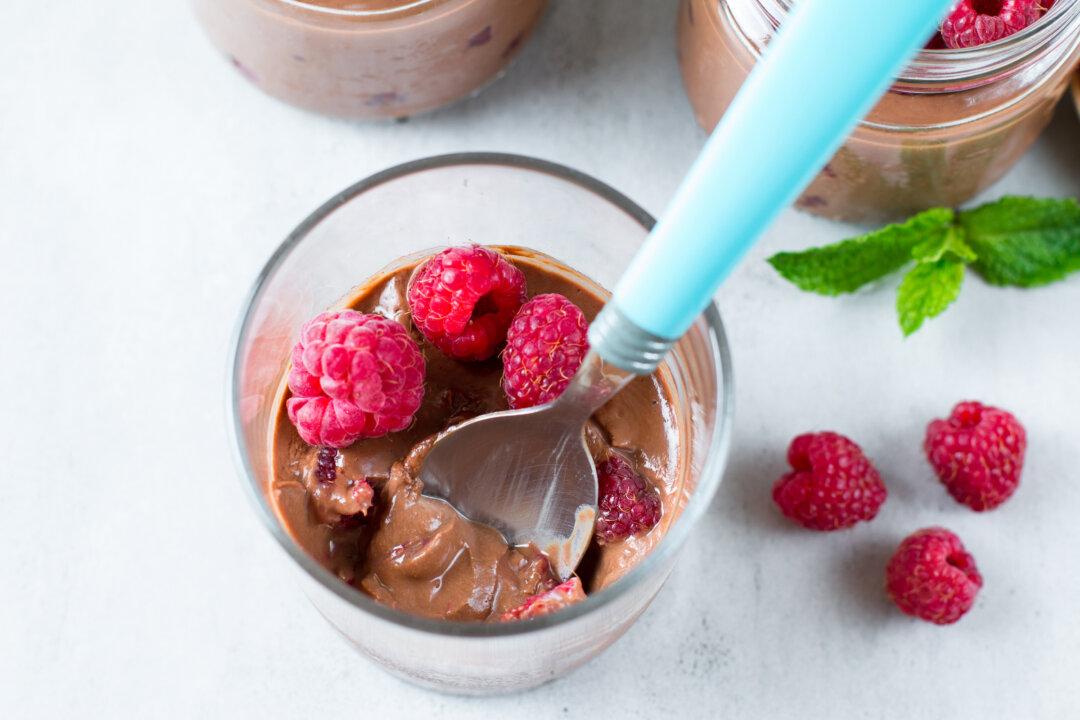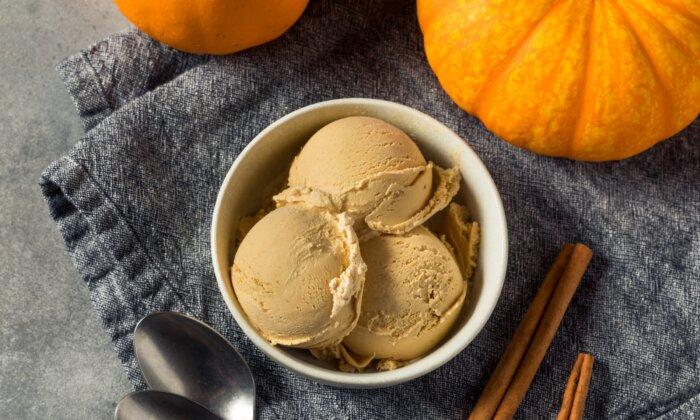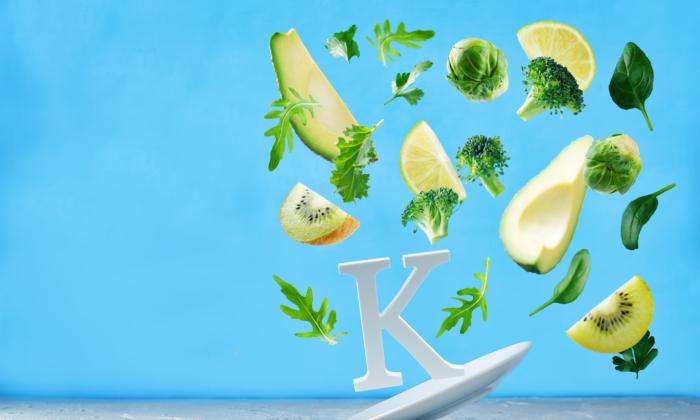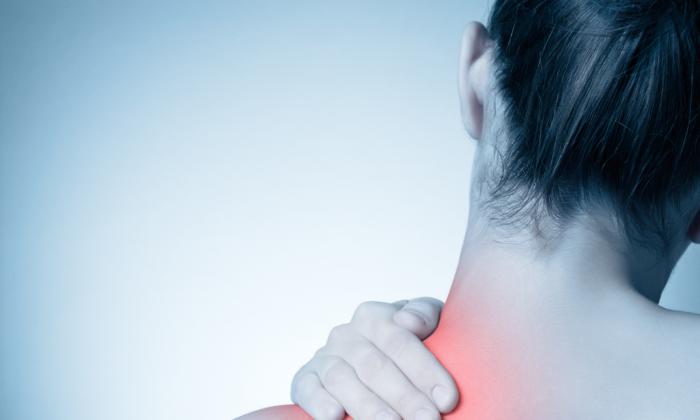Your mother was right: It’s important to chew your food thoroughly before swallowing it. Chewing is the first step in the digestion of the food we eat—it breaks down food into smaller particles, which increases the surface area so that digestive enzymes can more readily extract the nutrients from it.
Summary
The digestive process begins in your mouth as soon as you start chewing. When you break your food down into smaller particles, the digestive enzymes can cover a larger surface area and start to extract the nutrients. For some foods, particularly cruciferous and allium vegetables, breaking down the structure of the food matrix drives chemical reactions that provide beneficial phytochemicals.Phytochemical Benefits of Chewing Thoroughly
The carotenoids in raw carrots are made more accessible when the plant cell walls are ruptured by thorough chewing. Carotenoids are embedded in the matrix of the food, and the structure needs to be broken down to allow the digestive system to extract and absorb them.1,2 For some foods—specifically cruciferous vegetables and onion and garlic family members—breaking down the structure of the food matrix drives chemical reactions that produce beneficial phytochemicals.Glucosinolates in cruciferous vegetables (such as broccoli, cauliflower, kale, collards, and bok choy) are converted by the enzyme myrosinase into breakdown products including indole-3-carbinol and isothiocyanates (ITCs), which are compounds with beneficial anti-cancer activity.
The extent of formation of ITCs depends on a number of factors, such as the food’s glucosinolate content, temperature, pH, the presence of vitamin C (which accelerates the production of ITCs), and importantly, how much the food is broken down by chopping, crushing, or chewing.
Glucosinolates and myrosinase are physically separated in the intact vegetable, and damage to the cellular structure is necessary to bring them into contact and start the chemical reaction. Heat inactivates myrosinase and also degrades vitamin C, which slows or stops the reaction. To maximize the health benefits, cruciferous vegetables should be eaten raw or chopped finely before cooking.
Chewing thoroughly also enhances the conversion of dietary nitrate to nitric oxide by oral bacteria. The body needs nitric oxide for a variety of functions, including cell signaling and blood pressure regulation. One of the two major sources of nitric oxide is dietary nitrate, which is converted to nitric oxide by oral bacteria on the surface of the tongue.
Chewing Thoroughly and Weight Maintenance
In addition to extracting more phytochemicals from vegetables, studies suggest that chewing thoroughly and eating more slowly helps maintain a healthy weight. Observational studies have found that participants who reported eating more slowly had lower body weight or gained less weight over time, compared to faster eaters.7,8 In another study, a greater number of chews and longer chewing time were associated with lower body mass index.9Better Chewing Protects Our Teeth
Chewing thoroughly stimulates more saliva production, which is a key factor in preventing dental erosion and dental caries (cavities). First, the extra saliva helps remove small food particles and sugars from the teeth.Take action
- Chew food to a liquid consistency before swallowing.
- Take smaller bites, and don’t overfill your fork or spoon.
- Slow down by putting your fork or spoon down between bites.
- Avoid distractions, such as watching television, during meals.
◇ References:
- Lemmens L, Van Buggenhout S, Van Loey AM, Hendrickx ME. Particle size reduction leading to cell wall rupture is more important for the beta-carotene bioaccessibility of raw compared to thermally processed carrots. J Agric Food Chem 2010, 58:12769-12776.
- van Het Hof KH, West CE, Weststrate JA, Hautvast JG. Dietary factors that affect the bioavailability of carotenoids. J Nutr 2000, 130:503-506.
- Nicastro HL, Ross SA, Milner JA. Garlic and onions: their cancer prevention properties. Cancer Prev Res (Phila) 2015, 8:181-189.
- Kobayashi J. Chewing Well During Meals May Benefit Health Via the Enterosalivary Nitrate–Nitrite–Nitric Oxide Pathway. J Gastroenterol Hepatol Res 2019, 8.
- Hezel MP, Weitzberg E. The oral microbiome and nitric oxide homoeostasis. Oral Dis 2015, 21:7-16.
- Qu XM, Wu ZF, Pang BX, et al. From Nitrate to Nitric Oxide: The Role of Salivary Glands and Oral Bacteria. J Dent Res 2016, 95:1452-1456.
- Leong SL, Madden C, Gray A, et al. Faster self-reported speed of eating is related to higher body mass index in a nationwide survey of middle-aged women. J Am Diet Assoc 2011, 111:1192-1197.
- Tanihara S, Imatoh T, Miyazaki M, et al. Retrospective longitudinal study on the relationship between 8-year weight change and current eating speed. Appetite 2011, 57:179-183.
- Zhu Y, Hollis JH. Relationship between chewing behavior and body weight status in fully dentate healthy adults. Int J Food Sci Nutr 2015, 66:135-139.
- Miquel-Kergoat S, Azais-Braesco V, Burton-Freeman B, Hetherington MM. Effects of chewing on appetite, food intake and gut hormones: A systematic review and meta-analysis. Physiol Behav 2015, 151:88-96.
- Zhu Y, Hollis JH. Increasing the number of chews before swallowing reduces meal size in normal-weight, overweight, and obese adults. J Acad Nutr Diet 2014, 114:926-931.
- Higgs S, Jones A. Prolonged chewing at lunch decreases later snack intake. Appetite 2013, 62:91-95.
- Borvornparadorn M, Sapampai V, Champakerdsap C, et al. Increased chewing reduces energy intake, but not postprandial glucose and insulin, in healthy weight and overweight young adults. Nutr Diet 2019, 76:89-94.
- Li J, Zhang N, Hu L, et al. Improvement in chewing activity reduces energy intake in one meal and modulates plasma gut hormone concentrations in obese and lean young Chinese men. Am J Clin Nutr 2011, 94:709-716.
- Zijlstra N, de Wijk RA, Mars M, et al. Effect of bite size and oral processing time of a semisolid food on satiation. Am J Clin Nutr 2009, 90:269-275.
- Hamada Y, Kashima H, Hayashi N. The number of chews and meal duration affect diet-induced thermogenesis and splanchnic circulation. Obesity (Silver Spring) 2014, 22:E62-69.
- Hamada Y, Hayashi N. Chewing increases postprandial diet-induced thermogenesis. Sci Rep 2021, 11:23714.
- Buzalaf MA, Hannas AR, Kato MT. Saliva and dental erosion. J Appl Oral Sci 2012, 20:493-502.





